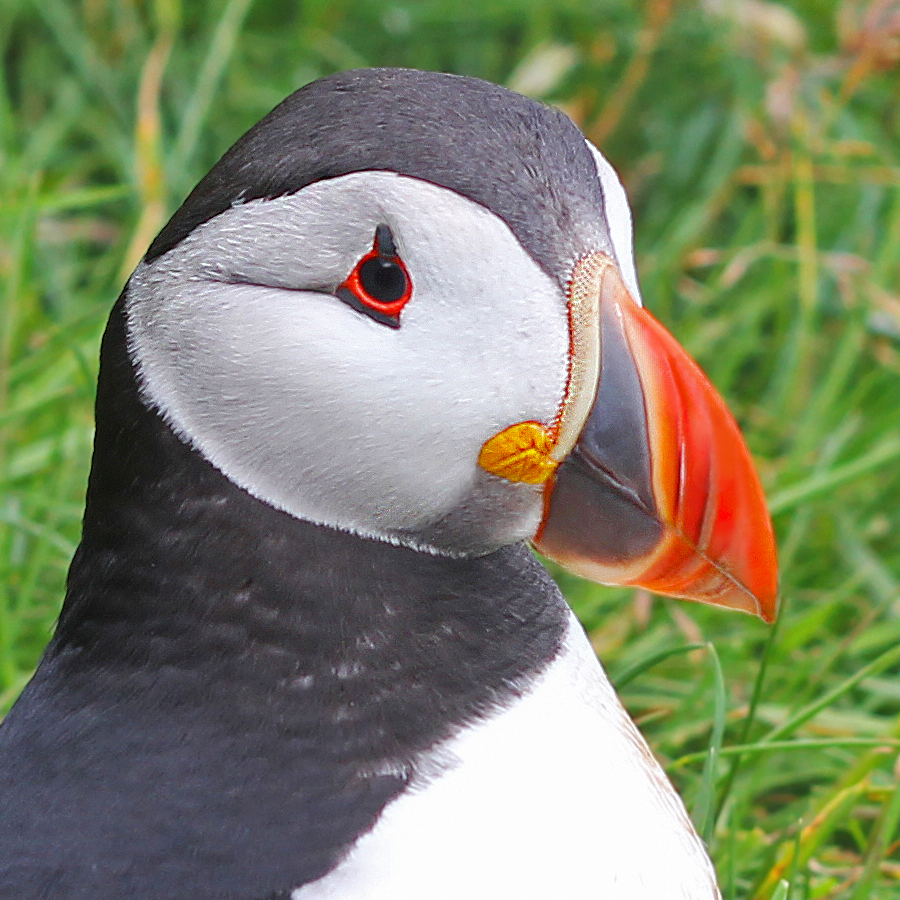

The parent puffins then spend the next 45 days taking care of feeding their puffling before it is time for all to head back out to sea.Įach year travelers make their way to Iceland in the hopes of seeing puffins up close. And these are quite the equal partnerships with both parents taking care of the egg, which takes around 36-45 days to hatch into an adorable puffling. Puffins not only return to the same breeding grounds year after year, they are also monogamous animals who have life long partners. Iceland has the perfect spots for puffin breeding grounds as they prefer to nest on rocky cliff sides along the ocean, something of which Iceland has plenty of. Puffins spend most of the year out at sea bobbing around on the waves only returning to land during the summer months for the breeding season. To put that number into further perspective, this is 60% of the World’s entire Atlantic puffin population! These small but charismatic visitors are a welcomed sight every summer as they return to their breeding grounds all over Iceland. Several operators offer trips from Beaumaris on Anglesey.Every year, from May to early September, the Icelandic nature gets a bit more adorable when it becomes home to 8-10 million Atlantic puffins. However, you can sail around the island to view the birds. Puffin Island is a protected area and so it isn’t possibly to visit without permission, and this is unlikely to be granted. Over the last 50 years their numbers have declined by more than 50% but they seem to have something of a stronghold on Puffin Island. This bird features on the red list and is one of the UK’s most threatened seabirds. The herring gull is of particular concern to conservationists. Sadly, with the exception of the Cormorant, all of these birds feature on the red and Amber lists of threatened species. Puffin Island is a Special Protection Area (SPA) and is home to great cormorants, guillemots, razorbills, shags, kittiwakes, herring gulls and both lesser and great black-throated gulls. Sadly, there are still only 8 breeding pairs of puffins on the island. In 1998 the Countryside Council for Wales began a poisoning programme and this eradicated the vermin. The predatory rats reduced the population of puffins on the island from 2,000 breeding pairs to just a handful. Unfortunately, in the late 19th century the brown rat was accidently introduced to the island. As the name would suggest, the island was notable for its puffins. Puffin Island has always boasted an abundance of marine life due to the strong currents in the area, particularly around the north coast. These include a 12th century church of which only the central tower and the foundations of the nave remain. A monastery was built on the Island in the 12th century and the ruins of several buildings are still visible today. King Cadwallon ap Cadfan of Gwynedd is said to have sheltered on Puffin Island when fleeing an invasion of his land by the Kingdom of Northumbria around AD630. Seiriol had founded an ecclesiastical settlement on Anglesey but later abandoned this and relocated to Puffin Island where his remains are thought to be. This was the work of Saint Seiriol, the son of Owain Ddantgwyn, the 5th century monarch of the Kingdom of Gwynedd. This facilitated more research and enhanced the conservation effort.Ī hermitage was established on Puffin Island in the 5th or 6th century. In 2009, the group formed a new partnership with researchers from the University of Liverpool, Roehampton University, Bangor University and the Royal Society for Protection of Birds (RSPB).



The Shropshire, Conway and Anglesey ringing group (SCAN) has been studying the birds on Puffin Island since 1982. Located off the coast of Anglesey, North Wales, Puffin Island is an important conservation area which is home to at least 10 species of seabird.


 0 kommentar(er)
0 kommentar(er)
